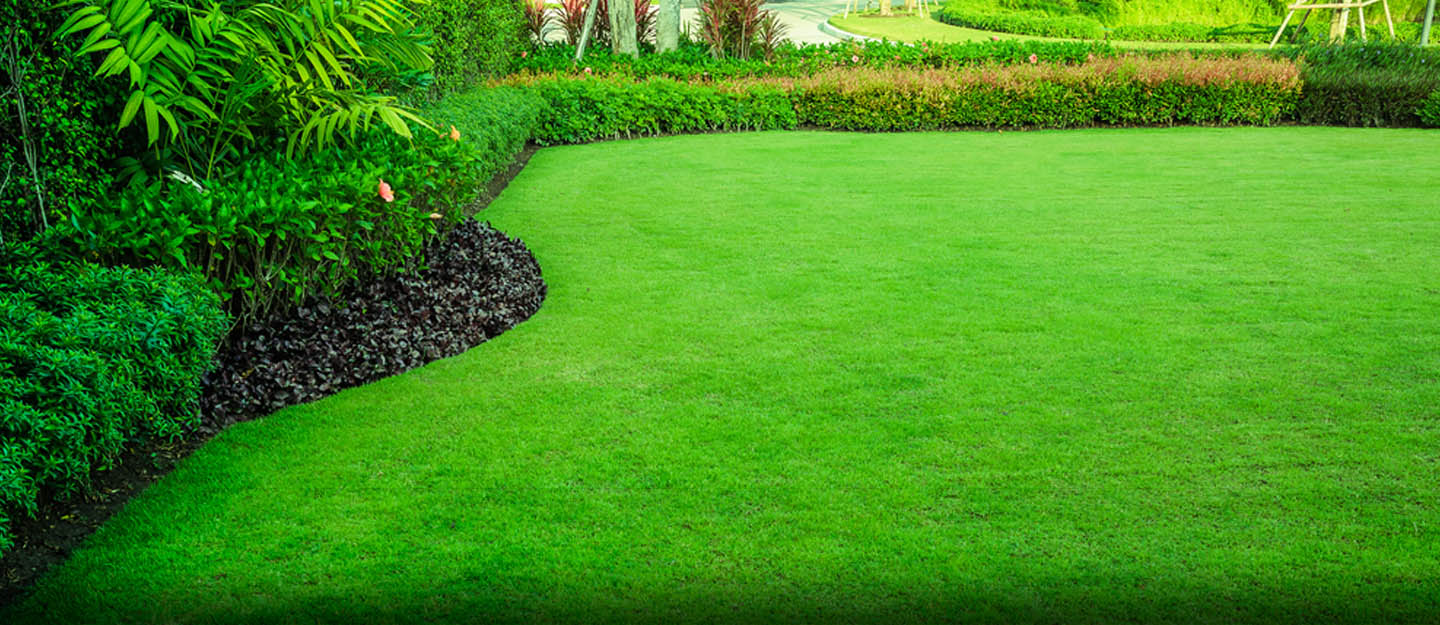Lawn Maintenance For Homeowners

Maintaining your yard often feels like an insurmountable task, especially for those who do not have any gardening experience to help them out. But guess what? All you need to do is follow these easy lawn maintenance tips to showcase a front or backyard that adds to your home’s appeal:
Watering - Once you have seeded and planted the lawn, it’s time to start watering it regularly. A newly seeded lawn requires daily watering for five to ten minutes, and once the grass starts to grow, water deeply once a week so that the roots are able to extract nutrients from the soil with the help of moisture. Warm spring weather and harsh summer weather require watering even more, while you can skip a day during the monsoon season if it rains to avoid waterlogging the soil. You might need to water your lawn more or less, depending on the type of grass you’ve planted. Dried-out patches of grass are a sign that you haven’t been watering the yard frequently enough. If you have trees in your garden, you should water them carefully for the first two years after they have been planted. Most trees will require about 15 to 20 gallons of water in a week to ten days in the summer and autumn seasons, especially during dry spells. However, the trick to watering trees is to water them right in the centre of the spot where they’ve been planted, and to water them slowly, allowing the water to sink deep into the soil. The trees will not need to be watered again until the top layer of the soil becomes dry. This indicates that it is time to water the tree again, slowly but steadily once more.
Fertilizing - Fertilizers enrich the soil and supply it with extra nutrients, which enables grass to grow steadily, with all the ingredients necessary for healthy growth. While you may want to look into fertilizing the soil based on your regional climate and grass type, most people fertilize the yard twice a year—once in the spring as the grass starts to grow and once in the late summer season, before fall.
Weeding - Weeds can crop up in every yard. While manually pulling up the weeds is always an option, it is important to spray herbicides on the grass to ensure that the weeds do not have a chance to thrive and take over your healthy lawn. A lawn that is overgrown with weeds will start showing brown patches of dead grass, where the weeds have taken up all of the nutrients from the soil, leaving none for the grass to absorb.
Mowing - Lawnmowers Are the Best for Trimming the Grass Evenly As the grass grows, mowing the yard allows you to keep it trimmed to an appealing length. It does more than just cut down the grass, though. Mowing removes the topmost portion of the grass, which has often dried out due to the heat. Leaving only healthier parts behind. Moreover, as the grass’s density reduces, the roots are able to get better exposure to the water on the surface, ensuring healthier growth. Ideally, you should mow your lawn once a week, preferably on the weekends, when you have sufficient time on your hands. Mowing will also reduce the chance of diseases, weeds, and insect infestations by improving the grass’s health.
Mulching - If you have planted trees in your yard, then mulching is a process you must know about. When you plant young saplings, it is important to protect them from weeds and pressure from the surrounding plants. Create a ring of mulch around the seed to keep the roots moist and ensure healthy growth. Mulching must be done in the right amounts to safeguard the tree from injury. Also, most mulches will get absorbed into the soil over time, so make sure you add more as needed until the tree has a firm trunk and no longer needs help and support from the ground.
Pruning - Of course, if you’ve planted trees or bushes, you’ll also need to use pruning shears to keep them trimmed and in shape. Pruning involves clipping away dead and broken branches, and should ideally be done every two to three years. It becomes essential if your trees are young and set close together, as you might need to cut away branches that are damaging the neighboring trees.Use mechanical power tools to cut off larger and thicker branches. Use a ladder to reach the sections at the top of the tree as it grows.